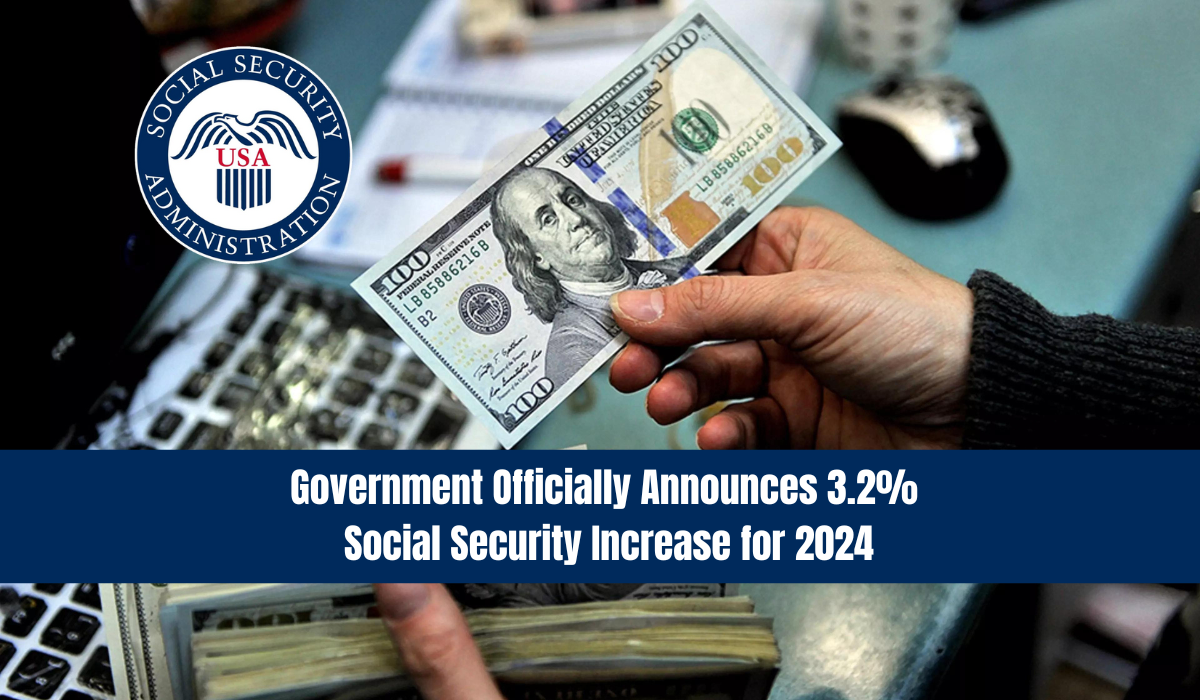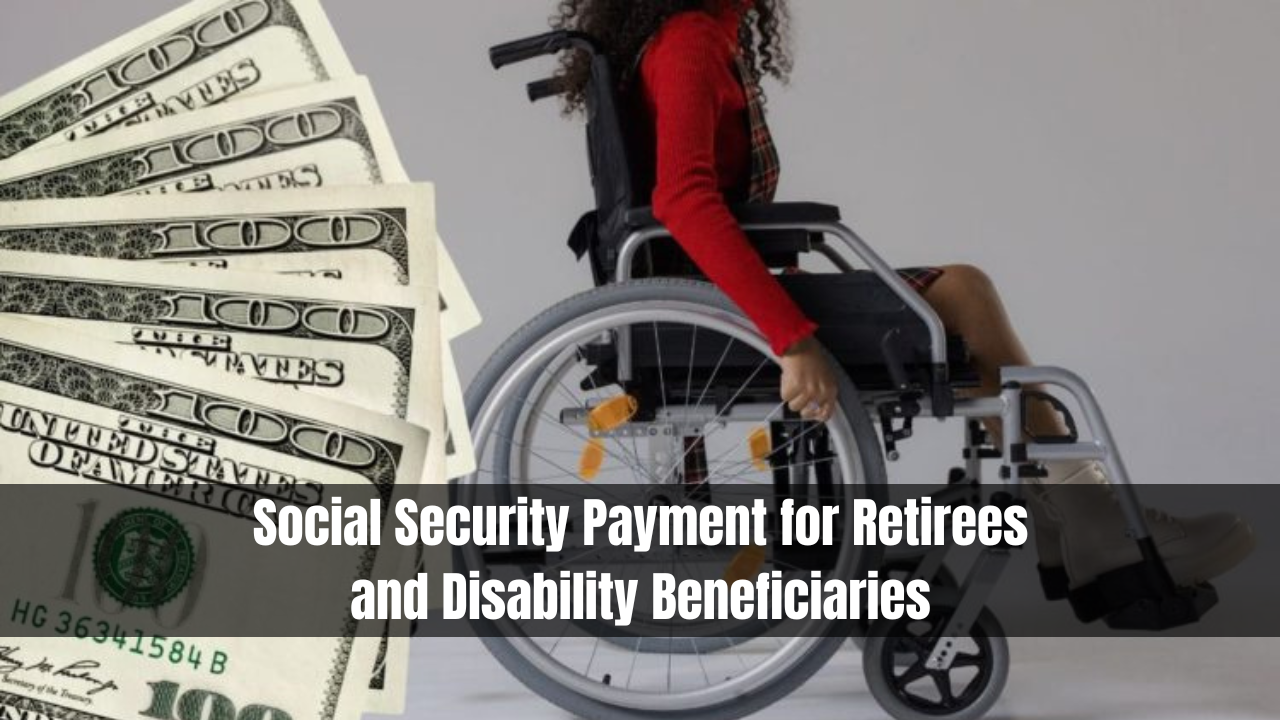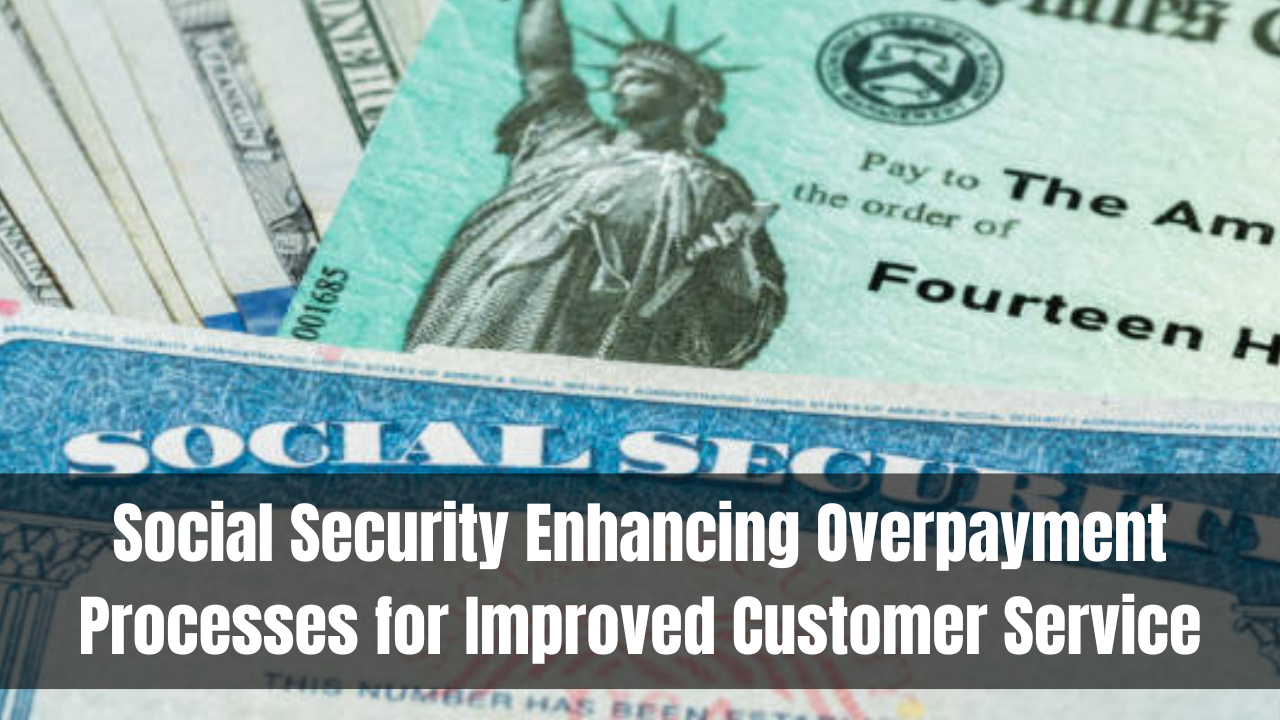You Should Know This Poorly Understood Social Security Rule, A recent report from the Social Security Advisory Board (SSAB) sheds light on a significant lack of understanding among Social Security beneficiaries regarding the Retirement Earnings Test (RET). This crucial rule, often overlooked, could have a substantial impact on one’s benefits. Here’s what you need to know.
Table of Contents
ToggleReducing Benefits Without Realizing
Related Posts





The SSAB’s study reveals a startling fact: 20-50% of pre-retirees are unaware that working while claiming Social Security could lead to a reduction in their benefits. This reduction, however, is temporary and benefits increase once individuals reach full retirement age (FRA). Shockingly, only 30-40% of pre-retirees are aware of this crucial detail.
Decoding the Retirement Earnings Test
Understanding the mechanics of the Retirement Earnings Test is key to making informed decisions. This test calculates the benefits Social Security beneficiaries should receive if they continue earning income while collecting benefits. The reduction is structured as a $1 reduction for every $2 earned over a specific threshold.
The Numbers
In 2024, the retirement earnings threshold is $22,320 for those yet to reach full retirement age. As you approach FRA in 2024, the threshold increases to $59,520. The month you reach FRA, there’s no earnings limit.
Why the RET Rule Matters
Many individuals opt to claim Social Security at age 62, even while still working, to boost their income as retirement approaches. However, it’s crucial to grasp that this choice comes with a reduction in benefits. Full benefits are guaranteed once FRA is reached, regardless of continued work.
The Role of Education in Decision-Making
The SSAB report emphasizes that Social Security field office staff often neglect discussing the RET rule, especially if the applicant is not currently working. This oversight can lead to surprises for retirees re-entering the workforce after retirement.
Dangers of Misunderstanding
Misinterpretation of the RET often prompts retirees to unnecessarily delay collecting benefits until they reach FRA, impacting their financial decisions. The Bipartisan Policy Center advocates for better communication and understanding, suggesting a reevaluation of the RET rule.
Bipartisan Policy Center Perspective
The Bipartisan Policy Center proposes eliminating the RET rule, asserting that it may discourage healthy older adults from working. They also recommend renaming the test to “temporary benefit withholding” to emphasize the temporary nature of the reduction.
A Lifetime Perspective
Contrary to popular belief, the RET is not a tax but a temporary reduction in benefits. Continued work after age 62 could potentially enhance lifetime benefits if earnings fall within the highest 35 earning years.
Conclusion
In navigating the complexities of Social Security, awareness and understanding of the Retirement Earnings Test are paramount. By shedding light on this poorly understood rule, individuals can make more informed decisions about their retirement and work choices, ensuring they maximize their benefits without unnecessary delays.

